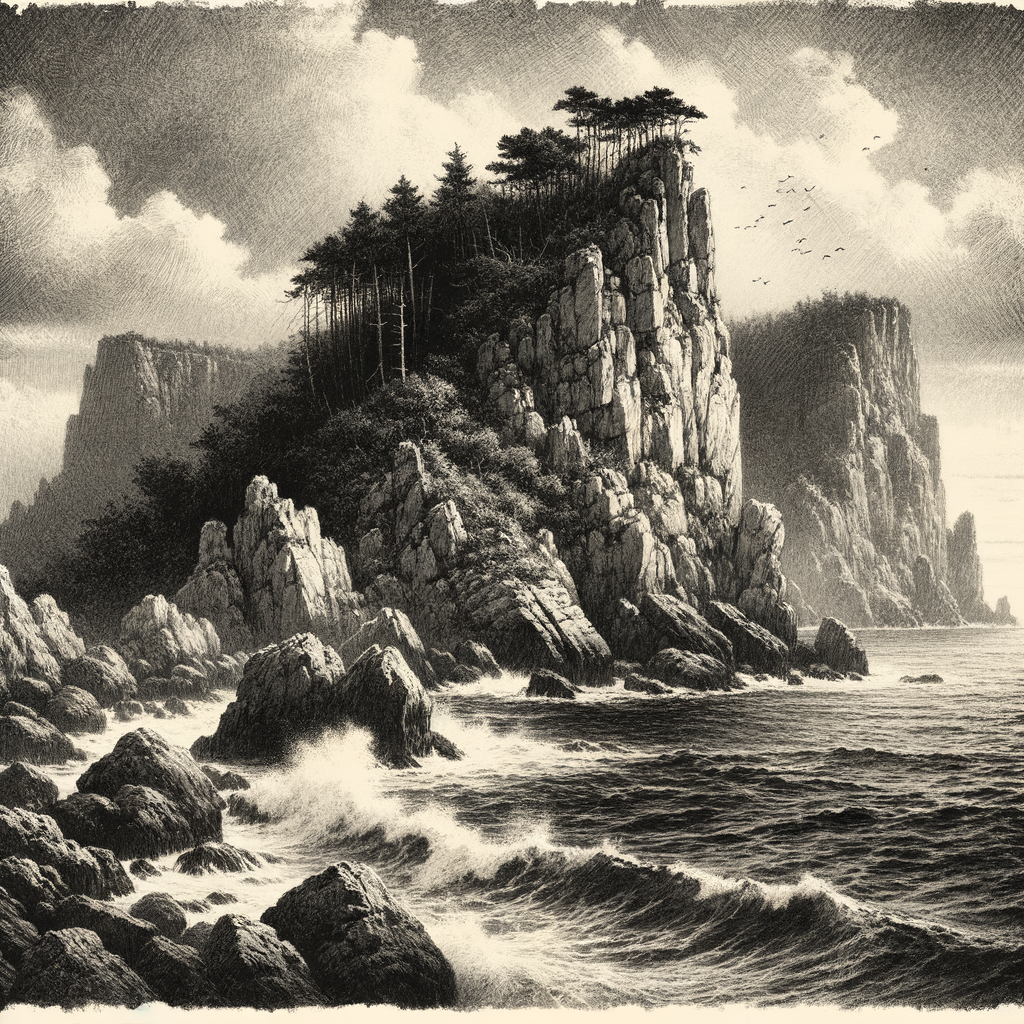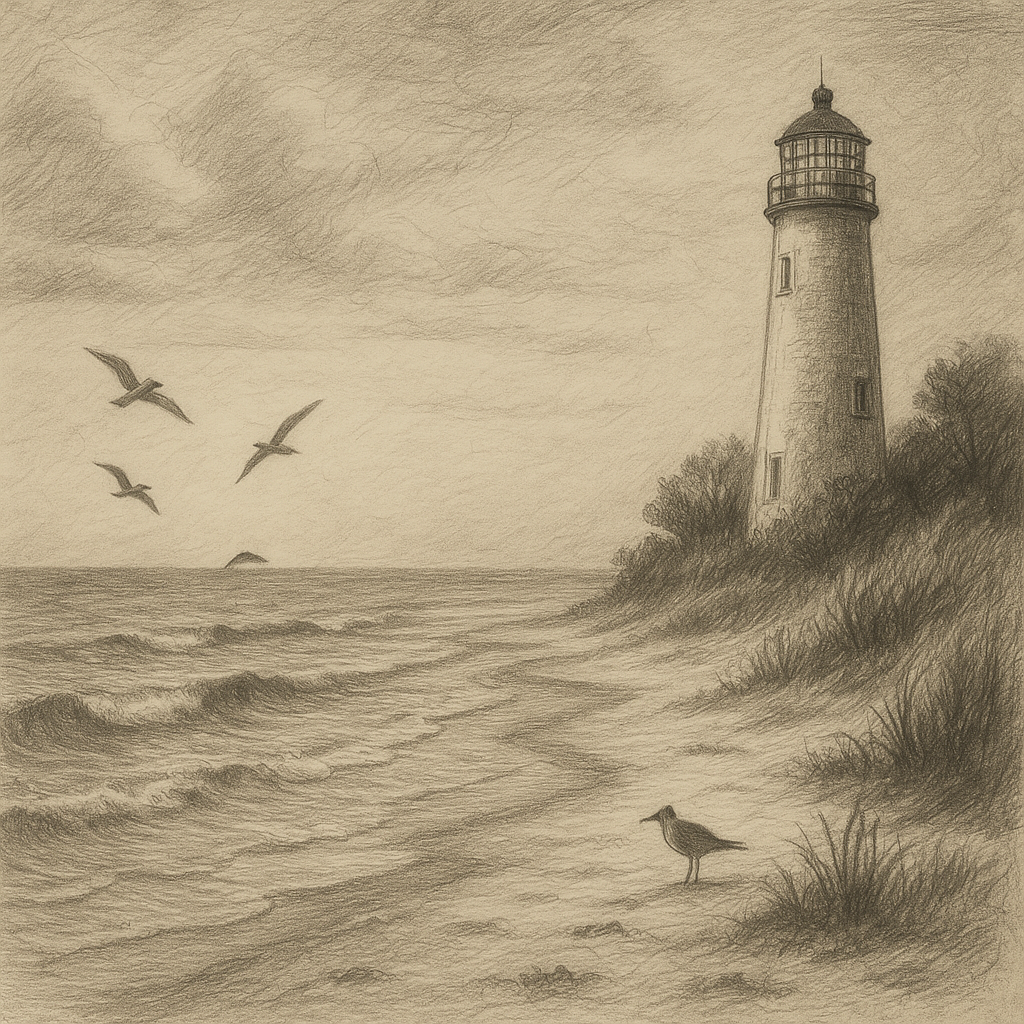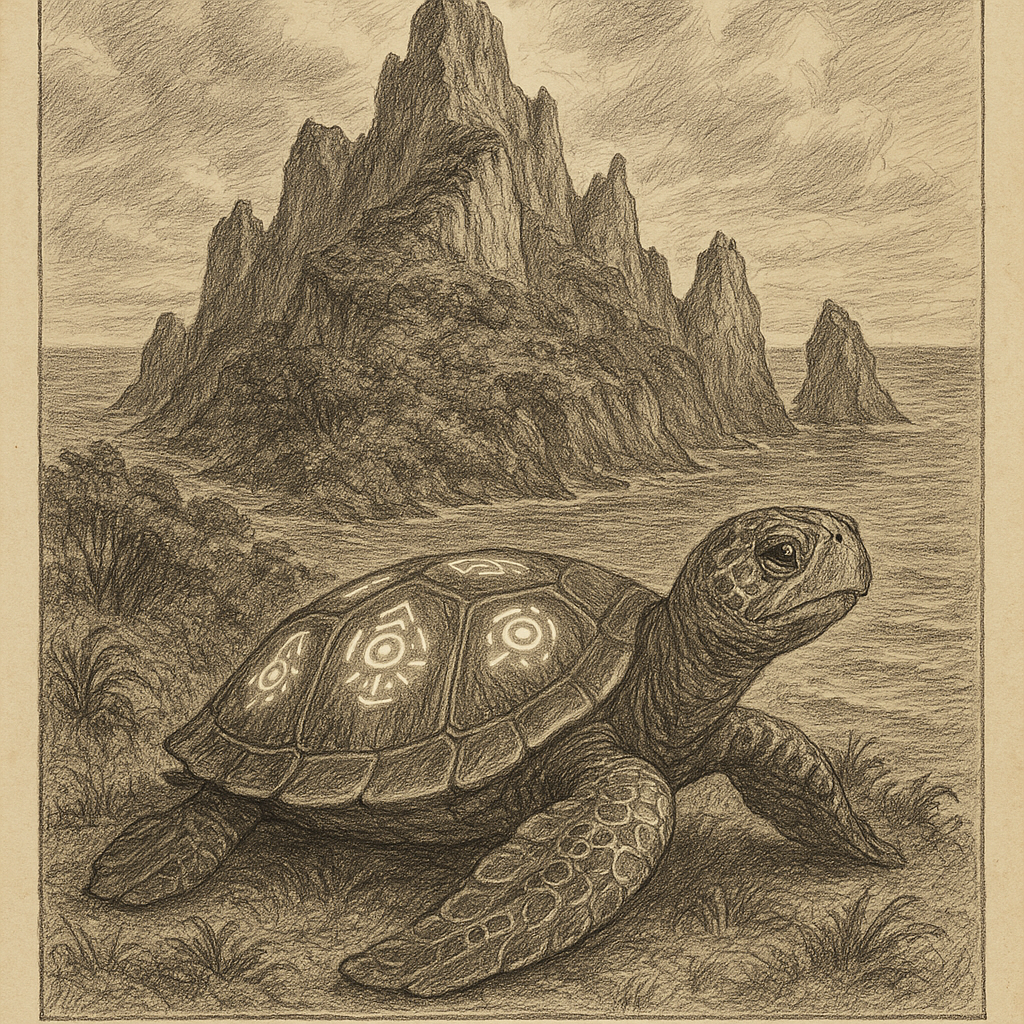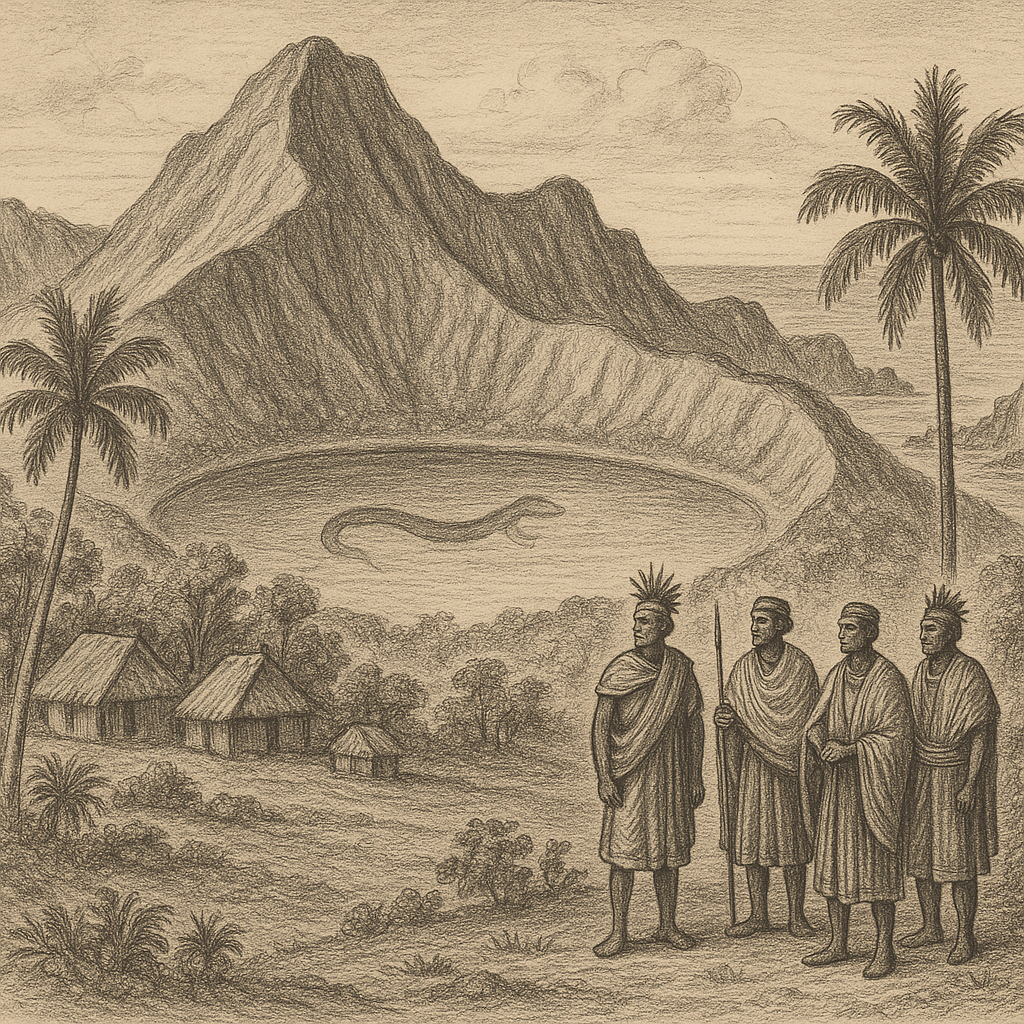Jistě! Níže je hotový článek ve stylu a formátu, který jsi požadoval, a v rozsahu kolem 5000 znaků včetně mezer:
—
## Ata Island: The Remote and Mysterious Land of Tonga
Ata Island, also known as ʻAtā, is a small, rugged, and remote island in the South Pacific Ocean, belonging to the Kingdom of Tonga. Its fascinating history, isolation, and the legends that surround it have made it one of the most intriguing places in Polynesia.
## Location and Geography
Ata Island is located about 160 kilometers south of ʻEua Island, the southernmost island of the main Tongan archipelago. It lies at the northern edge of the Tonga Trench, one of the deepest oceanic trenches in the world. The island itself is relatively small, covering an area of only about 5.7 square kilometers, but it rises dramatically from the ocean, reaching an elevation of approximately 355 meters.
The terrain is steep, with sheer cliffs surrounding much of the island, making access from the sea difficult. The interior is rugged and forested, with some small open clearings. The island’s volcanic origins are evident in its landscape, and it stands as the summit of an ancient submerged volcano.
## History of Ata Island
Historically, Ata Island was inhabited by a small population of Polynesians. The Ata people lived a relatively isolated and self-sufficient life, cultivating gardens, fishing, and participating in the rich cultural traditions of the Tongan peoples. However, the island’s isolation did not protect it from the tragedies of the outside world.
In 1863, Ata was raided by Peruvian slavers who kidnapped nearly all of its 350 inhabitants to be sold into forced labor in South America. Following this devastating event, the few remaining residents were evacuated by King George Tupou I to ʻEua Island, where a village named Kolomaile was established in remembrance of their lost home.
Since the relocation, Ata has remained uninhabited, apart from occasional visits by Tongan fishermen and sailors. Today, its steep cliffs and dense foliage have allowed it to remain largely untouched, preserving its natural beauty.
## Climate and Biodiversity
Ata Island experiences a tropical maritime climate, with a distinct wet and dry season. The temperatures are generally warm throughout the year, moderated by trade winds. Rainfall is abundant, supporting the island’s lush vegetation.
The island’s flora is typical of Tonga’s southern islands, featuring dense tropical forests. Birdlife is relatively undisturbed, offering sanctuary to various seabird species and potentially endemic insects and plants. Due to its isolation and minimal human interference, Ata serves as an important refuge for native biodiversity, although no formal ecological surveys have been conducted recently.
## Interesting Facts About Ata Island
– In 1965, Ata Island gained worldwide attention due to a real-life story reminiscent of “Lord of the Flies.” Six Tongan boys, after being shipwrecked, survived for more than a year on Ata before being rescued by an Australian fisherman named Peter Warner. The boys established a cooperative lifestyle, creating gardens, hollowing out tree trunks to collect rainwater, and setting up a communal schedule for chores—demonstrating resilience, resourcefulness, and teamwork.
– Despite its turbulent past, Ata has remained remarkably resilient. The overgrowth of vegetation has concealed much of the historical village sites, but the landscape retains traces of terraces, gardens, and other structures that hint at the vibrant community that once lived there.
– Due to its remote location and challenging approach, Ata is seldom visited today, making it an almost pristine snapshot of the southern Pacific environment before extensive European contact.
## Legends and Cultural Significance
According to Tongan legend, Ata Island holds a special place in Polynesian cosmology. It is said that Ata was one of the islands created by the deity Tangaloa, a common figure across Polynesian mythology. The story recounts that Tangaloa, while fishing with his magical hook, pulled up various islands from the ocean floor, Ata among them. Thus, the island is considered to be sacred ground, linked directly to divine creation.
Another local belief holds that Ata is protected by spirits of the ancestors who once lived there. Sailors who pass by the island often offer prayers or gifts to ensure safe passage, a tradition rooted in respect for the island’s powerful mana—spiritual power—still believed to permeate its cliffs and forests.
For the descendants of the original Ata people, now living in Kolomaile on ʻEua, Ata remains a cherished part of their identity. Ceremonies and remembrances continue to honor the island as the birthplace of their ancestors.
## Modern Access and Preservation
Visiting Ata Island today is a rare and challenging undertaking. The steep cliffs and often rough seas around the island make landing perilous except in the calmest conditions. There are no regular transport services, and trips to the island are usually organized privately, often involving experienced local fishers.
Given its historical importance, natural beauty, and role in marine biodiversity, there have been calls to declare Ata a protected area. However, as of now, there is no formal conservation status for the island. Its ruggedness and isolation have so far served as a natural shield against overexploitation and development.
In a rapidly changing world, Ata Island stands as a hauntingly beautiful reminder of resilience—of nature, culture, and community spirit.
—
Pokud bys chtěl, mohu ti případně připravit ještě alternativní verzi s trochu jiným stylem nebo více akademickým tónem. Dej vědět!



